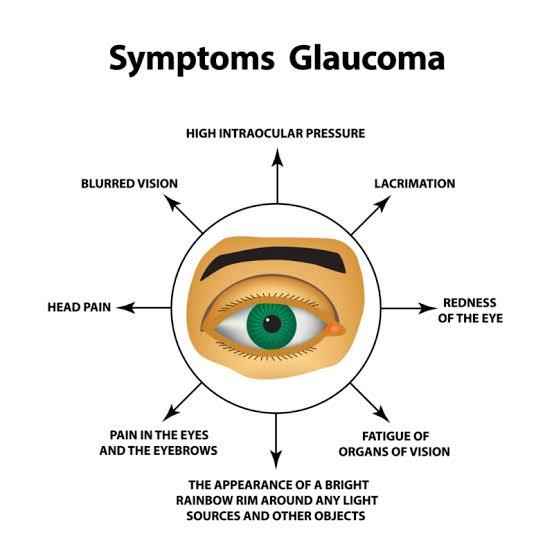Website designed with the B12 website builder. Create your own website today.
Start for free
Glaucoma is a complex eye disease that can lead to significant vision loss if left untreated. As the second leading cause of blindness worldwide, understanding this condition is essential for maintaining ocular health. This blog post will explore the various aspects of glaucoma, including its definition, causes, types, symptoms, and treatment options. By gaining a clearer insight into glaucoma, readers can better recognize its signs and seek timely interventions, ultimately preserving their vision.
Managing glaucoma requires awareness and proactive measures. Early detection through regular eye exams can significantly alter the course of the disease. By shedding light on the risk factors and symptoms associated with glaucoma, we aim to equip individuals with the knowledge necessary for effective management. Additionally, we will discuss the range of treatment options available, from medication to surgical interventions, empowering patients to make informed decisions about their eye health. Join us as we delve into the intricacies of glaucoma and enhance your understanding of this critical eye condition.
What is glaucoma? Understanding its impact on vision
Glaucoma is a group of eye diseases that can lead to irreversible vision loss, primarily by damaging the optic nerve. This damage often occurs when intraocular pressure (IOP) builds up within the eye, although there are types of glaucoma that can occur even with normal IOP levels. The condition often develops gradually and without noticeable symptoms in its early stages, making regular eye exams crucial for early detection. Understanding glaucoma is essential, as it typically affects peripheral vision first, potentially leading to tunnel vision as the disease progresses.

If left untreated, glaucoma can significantly impair daily life and overall well-being, making awareness of its effects vital. Vision loss from glaucoma is irreversible, which is why timely diagnosis and management are key. Regular eye check-ups and comprehensive evaluations allow for appropriate interventions, which can help preserve vision. By becoming informed about glaucoma, individuals can take proactive steps to mitigate the risk and protect their eyesight for the future.
Causes and types of glaucoma: Identifying risk factors
Glaucoma is primarily caused by increased intraocular pressure (IOP) within the eye, which can damage the optic nerve over time. This pressure often results from an imbalance between the production and drainage of aqueous humor, the fluid that maintains eye pressure. Several risk factors contribute to this condition, including age, family history, and specific medical conditions such as diabetes or hypertension. Individuals over the age of 60 are particularly susceptible to developing glaucoma, highlighting the importance of regular eye check-ups as one ages.
There are several types of glaucoma, with the most common being primary open-angle glaucoma and angle-closure glaucoma. Primary open-angle glaucoma develops gradually and often has no noticeable symptoms in its early stages, while angle-closure glaucoma can occur suddenly and may present with severe symptoms such as headache, nausea, and blurred vision. Other less common types include normal-tension glaucoma, where optic nerve damage occurs despite normal IOP, and secondary glaucoma, which arises from other eye conditions or systemic diseases. Understanding these types and their respective causes can help individuals recognize their risk and seek timely medical attention.
Symptoms and treatment of glaucoma: Effective management strategies
Glaucoma often develops gradually, and many individuals may not notice any symptoms until significant damage has occurred. The most common early symptom is a loss of peripheral vision, which can make it difficult to notice until it becomes severe. In some cases, people may experience blurred vision, halos around lights, or even sudden vision loss in acute glaucoma cases. Recognizing these symptoms early is crucial, as timely diagnosis can prevent irreversible vision loss. Regular eye exams, especially for those at risk, play an essential role in early detection.
When it comes to treatment, the primary goal for glaucoma management is to lower intraocular pressure (IOP) to prevent damage to the optic nerve. Ophthalmologists typically prescribe medicated eye drops as the first line of defense; these help to either enhance fluid drainage or reduce fluid production within the eye. In more advanced cases, surgical options may be considered, such as laser treatments to improve fluid drainage or traditional surgery to create a new drainage path. Continuous monitoring of IOP, regular follow-up appointments, and adherence to prescribed treatments are key to effectively managing glaucoma and preserving vision long-term.